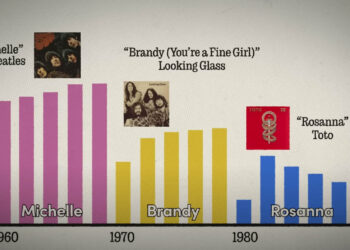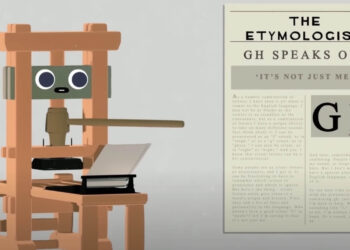It’s been 100 years since Albert Einstien’s General Theory of Relativity was proposed (more or less, depending on how fast you’re moving and where you’re located). Who better to offer a primer on the theory than former Doctor Who, David Tennant?
For those who prefer text to video, Mark Doyle sent along this link to XKCD’s Randall Munroe explaining both Special and General Relativity using, as was featured in a previous video, a vocabulary consisting of only the most commonly used 1,000 (ten hundred) words.
Discussion
3 Thoughts on "Happy 100th Birthday to Relativity–More or Less, Depending on Where You're Reading This"
The history of General Relativity is fascinating. During the 1800’s the math people developed non-Euclidean geometries, which are as valid as the Euclidean version we are all taught, but rather different. For example, in Euclidean geometry the sum of the angles in a triangle is always 180 degrees. In the various non-Euclidean versions is sum is more or less than that, depending on the version.
Einstein realized that it was a scientific question, which of these various geometries was the one in our world? He then found that by using a complex combination of geometries he could explain gravity, an “action at a distance” phenomenon that had bothered people ever since Newton introduced it.
The breakthrough was to consider time a dimension, equal to the three spatial dimensions. In a nutshell, General Relativity posits a non-Newtonian geometry for four dimensional space-time, where the degree of divergence from the Newtonian increases in the presence of masses, thus giving rise to gravity.
Simple and elegant, as most great science is. The combination of math and physics is breathtaking.
The headline is clever, certainly. So is employing the Doctor to narrate the theory. I especially appreciate the introduction of dark matter and dark energy to explain what might be the actual pace of the expanding universe. Thanks for sharing all this!
Except there is nothing in basic General Relatively that calls for dark energy or dark matter, much less an expanding universe. (I almost did my Ph.D. Thesis on this.) My view is that the red shift, like gravity, is due to the Euclidean viewed curvature of space-time, so there is no expanding universe. Science just will not give up the Euclidean perspective. To my knowledge we still teach Euclidean geometry as true, not just as a useful local approximation, which is what it is. How sad.



